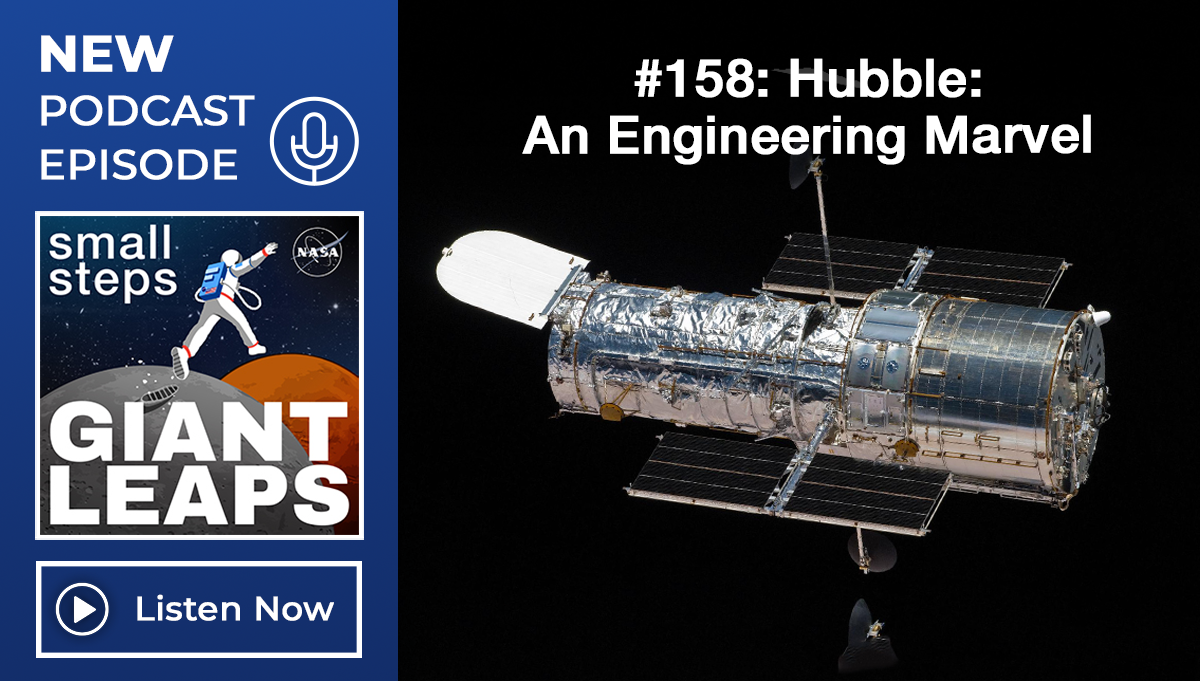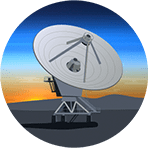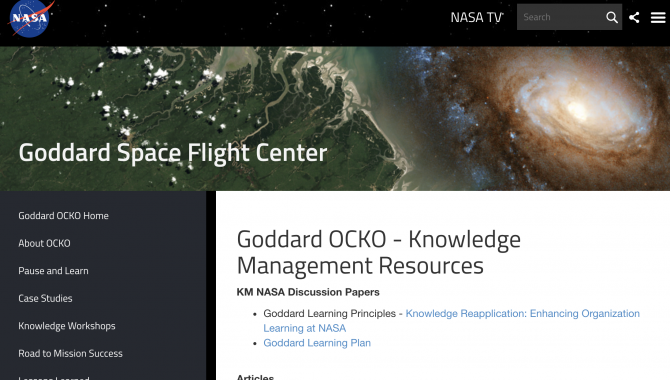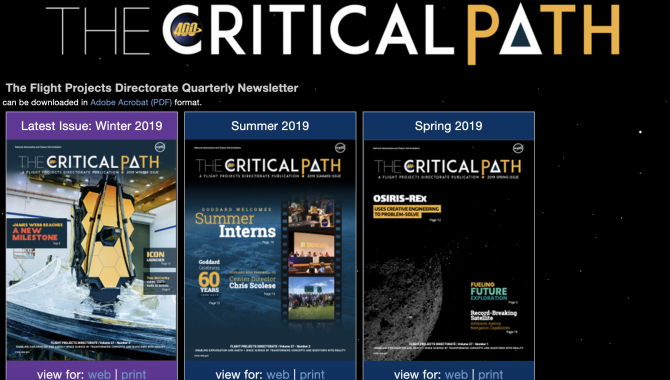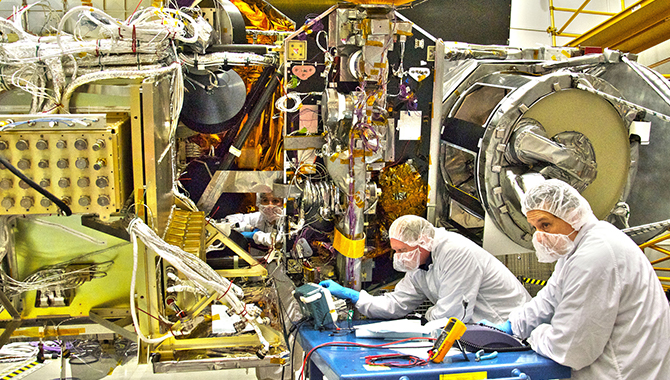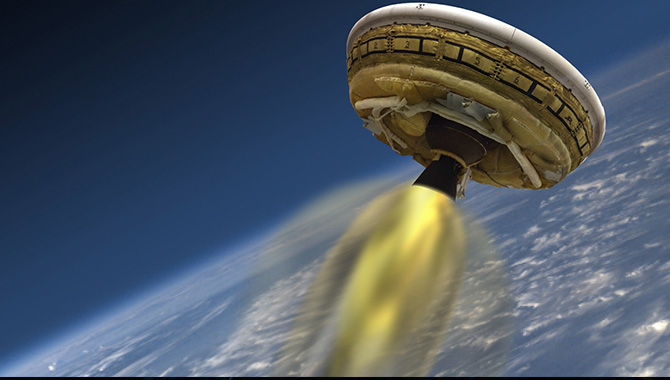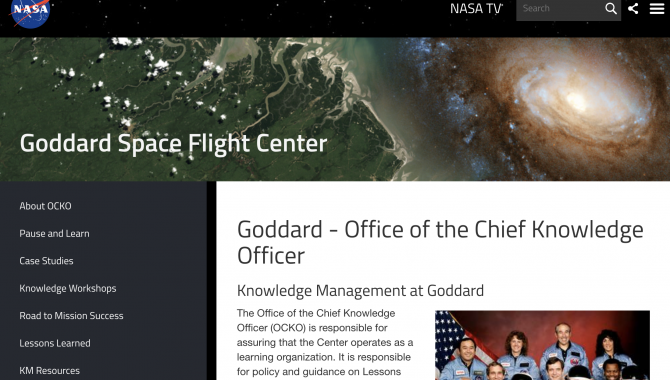
The Office of the Chief Knowledge Officer (OCKO) is responsible for assuring that the Center operates as a learning organization. It is responsible for policy and guidance on Lessons Learned, Knowledge Management and Learning Practices. The OCKO is led by Dr. Edward W. Rogers, Goddard’s Chief Knowledge Officer. Rogers has held the position since 2003.




